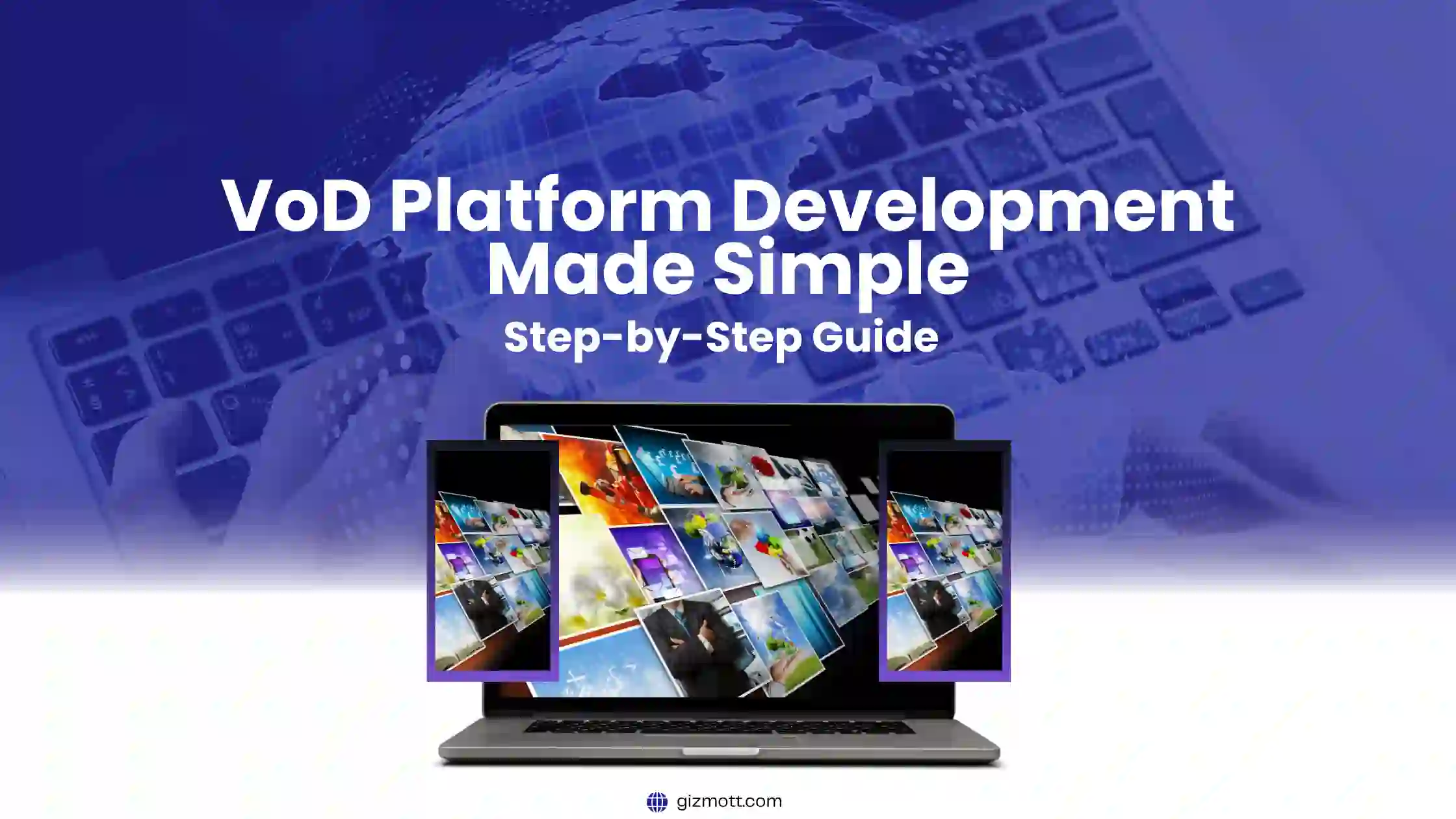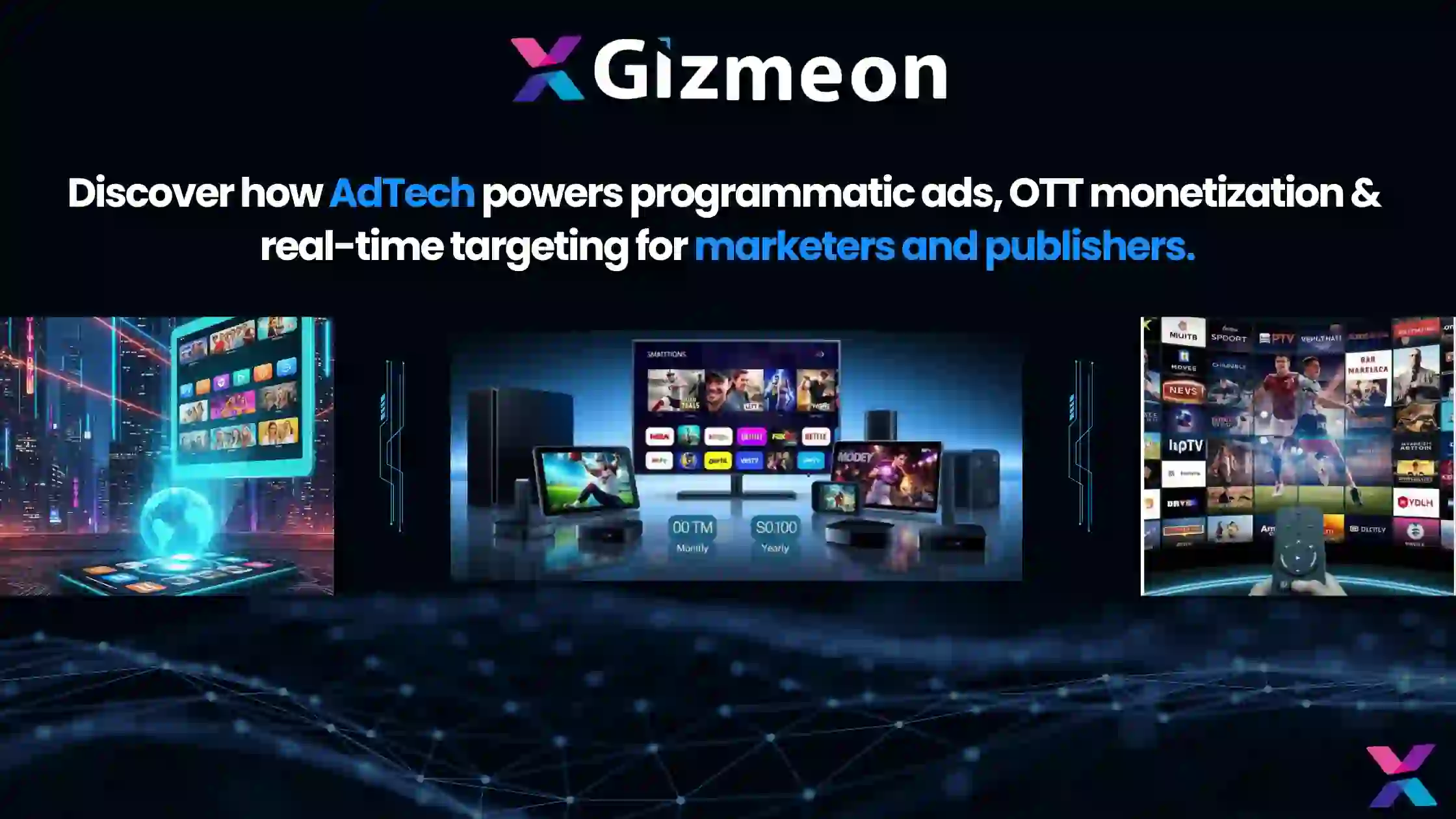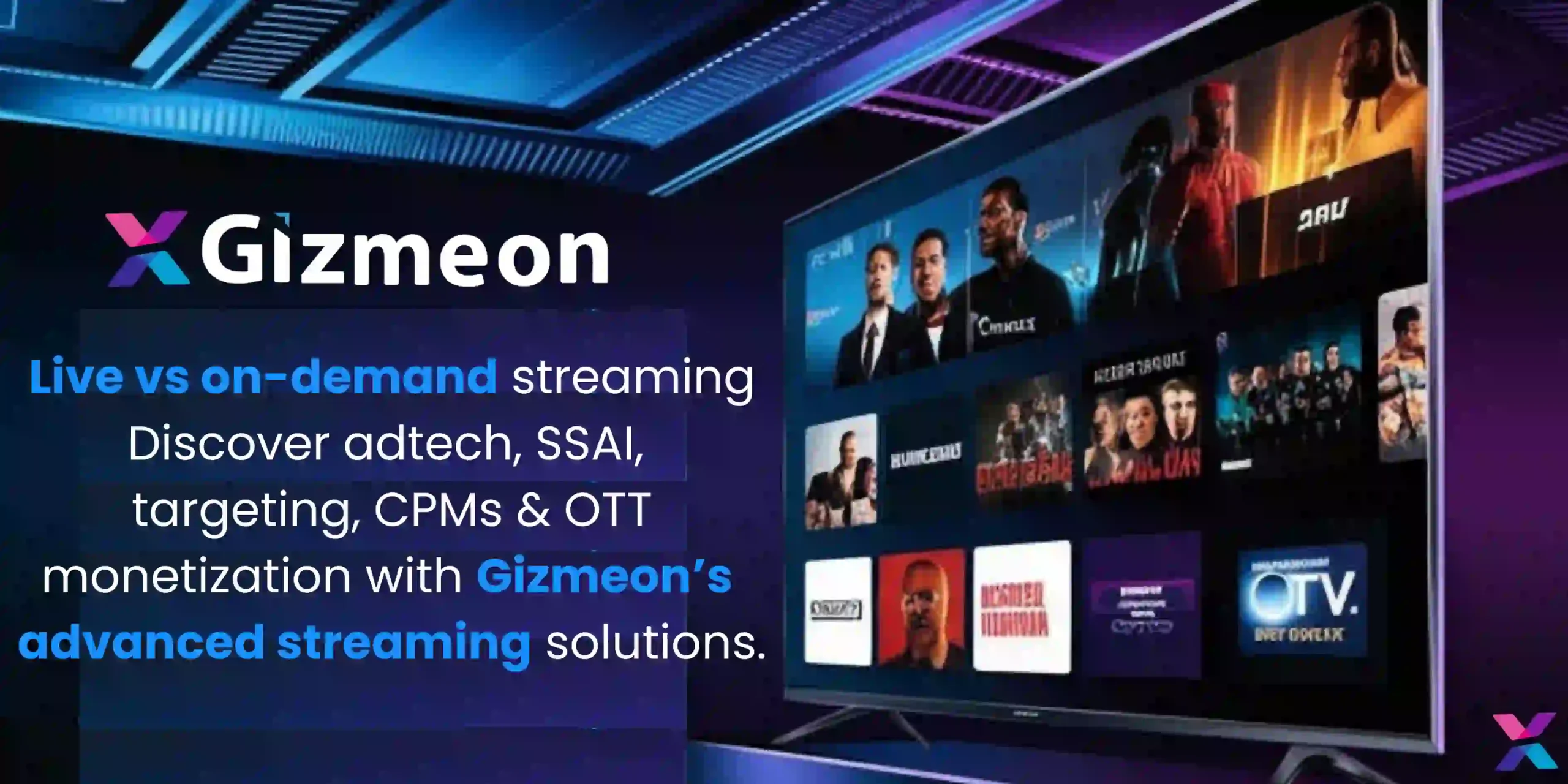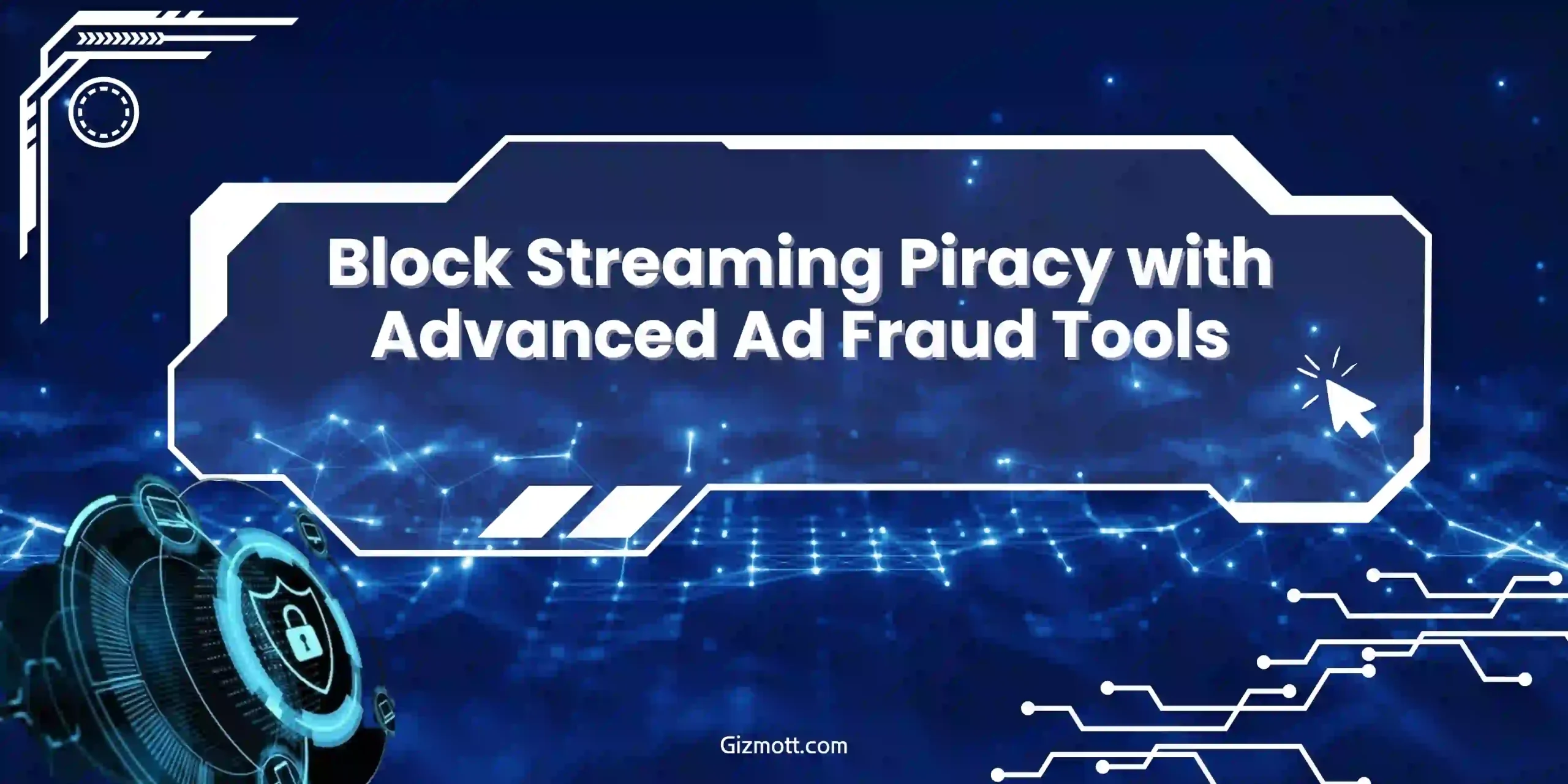VoD Platform Development Essentials: Launch, Scale, Succeed
Developing a Video-on-Demand (VoD) application is an exciting venture with massive potential — but it’s also a complex task that demands meticulous planning, cutting-edge technology, and user-first design. Today’s viewers expect more than just on-screen content delivery. They demand lightning-fast playback, seamless device compatibility, tailored experiences, and effortless navigation.
So, how do you meet — and exceed — those expectations?
To succeed in this competitive space, a VoD platform must be built on solid fundamentals from the start. Let’s walk through the core elements and strategies you need to create a scalable, high-performing VoD app that delights users and drives business success.
Table of Contents
-
- Delivering Consistent Streaming Quality

- Content Security and Protection
- Minimizing Latency Through CDN Optimization
- Ensuring Multi-Platform Accessibility
- Personalizing User Experience
- Backend Architecture and System Integrations
- Leveraging Data for Growth and Monetization
- Building a VoD App: Step-by-Step Process
- Real-World VoD Platform Revamp Example
- VoD Platform Development Costs
- VoD Monetization Models Explained
- Launch Your VoD Platform with Gizmott
- Delivering Consistent Streaming Quality
1. Delivering Consistent Streaming Quality
Whether users are connected via fiber broadband, mobile networks, or public Wi-Fi, they expect flawless playback. This requires:
-
- Adaptive bitrate streaming for real-time quality adjustments
- Intelligent buffering to reduce interruptions
- Efficient compression that balances speed and clarity
These techniques work together to deliver smooth playback regardless of bandwidth or device limitations.
2. Content Security and Protection
In a digital-first world, securing intellectual property is non-negotiable. To ensure your premium or exclusive content isn’t pirated, implement: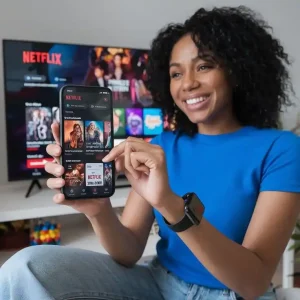
-
- Digital Rights Management (DRM) systems
- Encrypted streaming protocols
- Token-based authentication
- Watermarking to discourage piracy
- Digital Rights Management (DRM) systems
These tools help protect your content without degrading user experience.
3. Minimizing Latency Through CDN Optimization
Low latency isn’t just a live-streaming concern. For VoD, factors like start time and buffering are directly tied to your Content Delivery Network (CDN) strategy. By deploying a global CDN with edge servers close to your users, you reduce delays and maintain video quality — especially in bandwidth-limited regions.
4. Ensuring Multi-Platform Accessibility
Modern audiences consume content across smartphones, tablets, smart TVs, desktops, and gaming consoles. A winning VoD app must:
-
- Offer responsive and adaptive UI/UX
- Support native development for Android TV, Apple TV, Tizen, webOS, and more
- Maintain a uniform experience across devices
- Offer responsive and adaptive UI/UX
5. Personalizing User Experience
Generic content listings no longer suffice. Today’s users expect curated recommendations. Enhance user engagement with:
-
- AI-powered content suggestions
- “Continue watching” and watch history
- Behavior-based carousels
- AI-powered content suggestions
This approach reduces churn and fosters deeper platform loyalty.
6. Backend Architecture and System Integrations
Behind the scenes, your VoD platform should integrate smoothly with:
-
- CRMs for tracking user journeys
- CMSs for managing and updating content
- Analytics platforms to monitor engagement and performance
A well-integrated backend ensures smooth operation, faster content updates, and strategic decision-making.
7. Leveraging Data for Growth and Monetization
Collecting and analyzing data like watch times, drop-off rates, and engagement trends allows you to:
-
- Optimize content placement
- Test monetization models
- Tailor user experiences
- Improve retention strategies
Smart data use fuels both growth and profitability.
Building a VoD App: Step-by-Step Breakdown
Creating a successful VoD platform involves several stages:
1. Ideation and Planning
Define your audience, content type, and revenue model (AVOD, SVOD, TVOD, or hybrid). Develop a technical roadmap and marketing launch plan.
2. UI/UX Design and Prototyping
User interface matters. Use wireframes and interactive prototypes to validate design and navigation early on, avoiding costly changes during development.
3. Content Licensing and Strategy
Determine whether you’ll provide original, licensed, or user-generated content. Ensure clear legal frameworks are in place for all third-party media.
4. CMS Setup and Integration
Choose a CMS tailored for video platforms. A flexible CMS supports metadata management, user roles, and editorial workflows with ease.
5. Backend Development
Build a robust, secure backend with features like DRM, CDN integration, encrypted content delivery, user management, and seamless payment gateways.
6. Frontend and App Development
Create web, mobile, and TV applications. Use APIs to fetch content, and focus on performance, personalization, and smooth user interaction.
7. Testing and Quality Assurance
Thoroughly test for playback consistency, UI functionality, backend workflows, and cross-platform performance before going live.
8. Deployment and Launch
Launch across app stores, the web, and connected devices. Ensure legal and regulatory compliance. Monitor early feedback and respond swiftly to issues.
9. Marketing and Acquisition
Promote your app through targeted campaigns, influencer collaborations, and SEO. Highlight unique features and exclusive content.
10. Maintenance and Continuous Improvement
Keep your platform evolving. Introduce updates, new content, and improved features based on analytics and user behavior.
VoD Development Costs: What to Expect
Custom VoD Platform
-
- High upfront investment
- Full feature control
- Longer time to market
- Scalable and flexible
White-Label VoD Platform
-
- Lower upfront cost
- Fast deployment
- Limited customization
- Pay-as-you-grow model
Key Cost Factors
-
- Advanced features like personalization or multi-device support
- Audience size and server needs
- Content acquisition or production
- DRM and security requirements
Choose the model that aligns with your goals, budget, and desired level of control.
VoD Monetization Models: Maximizing Returns
AVOD (Ad-Based)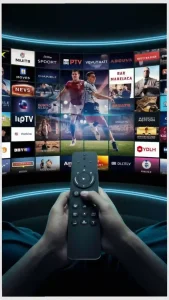
Users view content free in exchange for advertisements. Great for reaching broad audiences.
SVOD (Subscription-Based)
Viewers pay a recurring fee for unlimited access. Best for deep content libraries or original series.
TVOD (Transactional)
Users pay for individual content, ideal for new releases or exclusive media.
Hybrid Models
Combine models to suit different users. For example:
-
- A free ad-supported tier + a premium ad-free plan
- One-off rentals in a subscription-based library
- Ad previews followed by SVOD conversion prompts
Flexibility helps attract new users while maximizing lifetime value.
Build with Gizmott & Gizmeon: Your End-to-End OTT Partner
When it comes to building a scalable, customizable, and future-proof VoD solution, OTT platform service provider, Gizmott, powered by Gizmeon Technologies, offers everything you need — from strategy to streaming.
Whether you’re a broadcaster, fitness influencer, educational content creator, or media house, Gizmott helps you:
-
- Launch your own branded VoD platform across all devices
- Monetize content through multiple models
- Gain insights from deep analytics
- Deliver seamless user experiences at scale
With expertise in OTT engineering and video streaming, Gizmott transforms your content vision into a powerful, monetizable platform — fast.
Ready to build your VoD platform?
Gizmott by Gizmeon helps brands, creators, and enterprises launch impactful streaming platforms with ease. From backend engineering to frontend apps, content security, and monetization — we’ve got you covered.
